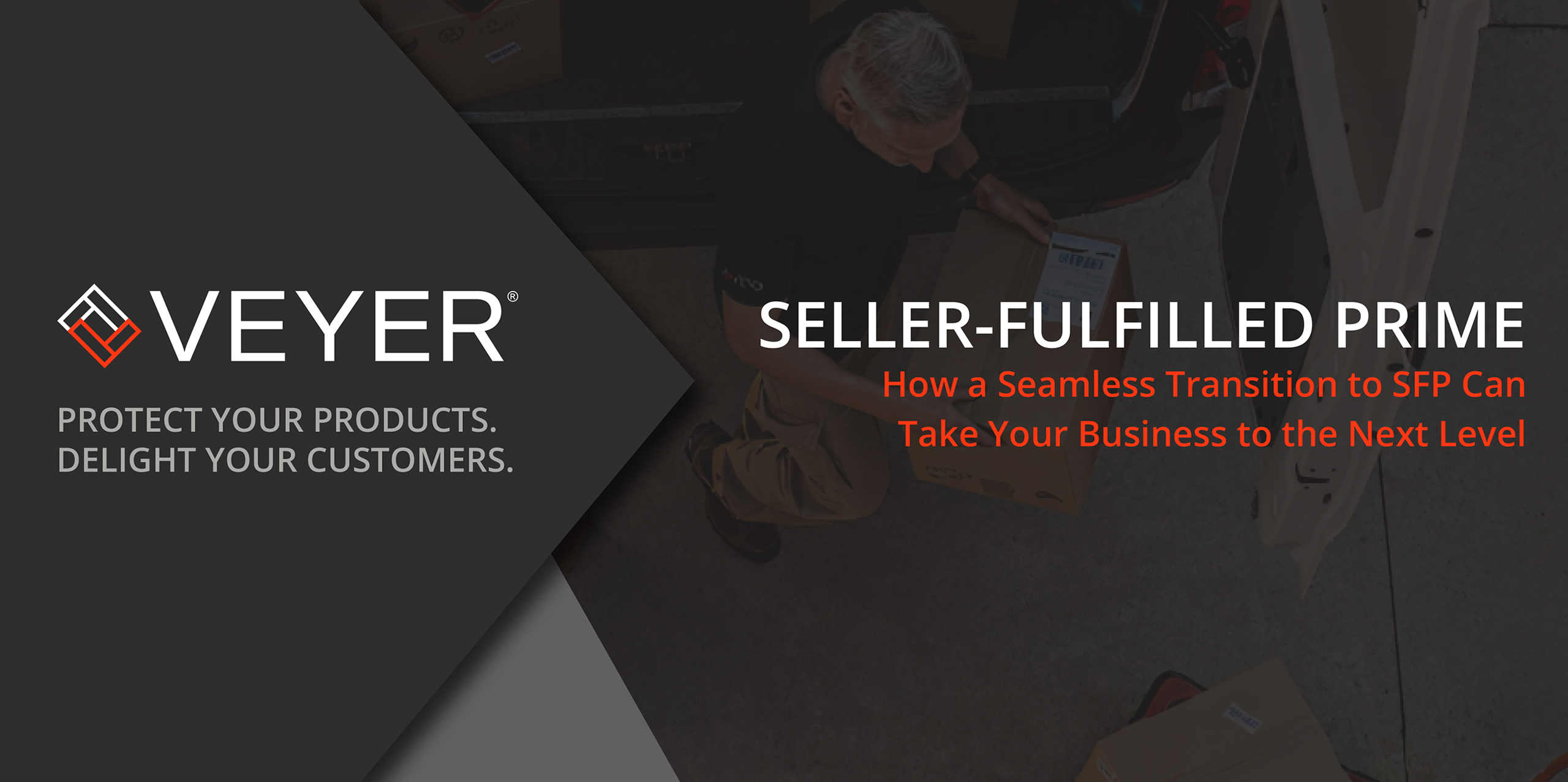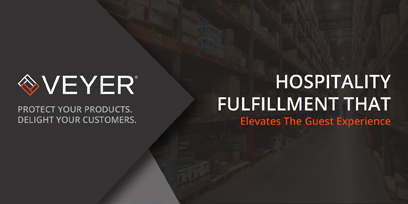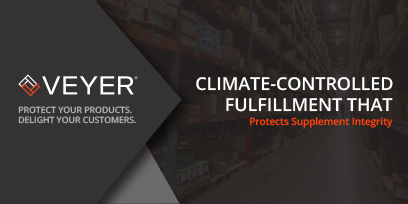Success in eCommerce creates a paradox that catches many businesses off guard: the more successful you become, the harder fulfillment becomes. Small businesses with predictable order volumes can manage fulfillment with simple systems and straightforward processes. However, as success brings growth, viral marketing moments, influencer partnerships, and competitive advantages, the very achievements that drive revenue create operational chaos that threatens to undermine the business entirely.
This scaling paradox manifests in multiple ways that compound each other.
- Viral social media posts can triple order volume overnight, forcing teams to process 3,000 orders with systems designed for 1,000.
- Influencer partnerships create demand spikes that overwhelm inventory planning and warehouse capacity.
- Competitor stockouts flood your business with new customers precisely when your systems are least prepared to handle the surge.
Success becomes operationally dangerous rather than strategically advantageous.
The FarEye research reveals the customer impact of this paradox: 88% of consumers will abandon their shopping carts if delivery terms appear poor, such as slow delivery or high costs. When success-driven volume spikes force longer processing times or premium shipping options, you’re directly triggering the behaviors that cost sales. The very success that should drive growth instead drives customers away due to operational constraints.
The Predictability Problem
Small businesses often succeed because they can provide personalized service and attention to detail that larger competitors can’t match. However, this advantage depends on predictable volumes that allow careful planning and quality control. As success brings growth, predictability disappears, replaced by demand volatility that makes planning nearly impossible.
Consider the typical growth trajectory: Month 1 brings 1,000 orders, Month 6 brings 2,500 orders, and Month 12 brings 5,000 orders with occasional spikes to 8,000 during promotional periods. Traditional fulfillment approaches require you to staff and equip for peak capacity, meaning you’re paying for 8,000-order capacity while processing 5,000 orders most of the time. The inefficiency becomes financially unsustainable as volumes grow.
The McKinsey study of US consumer delivery preferences shows that 90% of consumers are willing to wait two to three days for deliveries if it helps them avoid shipping costs, but they expect consistency in delivery promises. When success-driven volume spikes force you to extend delivery times or increase shipping costs, you’re violating the customer expectations that enabled your success in the first place.
The Infrastructure Mismatch
Most businesses build fulfillment infrastructure based on current needs rather than future possibilities, creating inevitable mismatches as success drives growth. The warehouse space that seemed adequate six months ago becomes constraining. The staff that handled previous volumes becomes overwhelmed. The systems that worked efficiently at smaller scales become bottlenecks at larger volumes.
The timing of these infrastructure mismatches creates additional challenges. Success often comes in waves rather than steady progression, making it difficult to predict when additional capacity will be needed. By the time you recognize the need for expansion, lead times for real estate, hiring, and system implementation often exceed the urgency of current demand. You’re forced to choose between turning away business or accepting operational chaos.
Baymard Institute’s cart abandonment research shows that 21% of consumers abandon purchases because delivery is too slow. When infrastructure mismatches force longer processing times, you’re losing customers at the exact moment when success should be driving growth. The operational constraints that success creates directly undermine the customer experience that enabled success initially.
The Complexity Multiplication
Success doesn’t just increase volume – it multiplies complexity in ways that linear scaling can’t address. More orders mean:
- more SKUs,
- more customer service inquiries,
- more carrier relationships,
- more inventory management challenges, and
- more exception handling.
Each additional order isn’t just one more unit to process; it’s one more opportunity for complexity to create operational problems.
The customer service impact becomes particularly challenging. Forbes research shows that 44% of consumers are less likely to shop with brands that have complicated return processes. As success brings volume growth, the personal attention that created customer loyalty becomes impossible to maintain without systematic approaches that many growing businesses haven’t developed.
The inventory management complexity often proves most challenging. Success typically comes from expanding product lines, seasonal offerings, or market segments that each require different fulfillment approaches. Managing inventory across multiple SKUs, predicting demand for new products, and coordinating supplier relationships becomes exponentially more complex as success drives diversification.
The Resource Allocation Challenge
Growing businesses face constant resource allocation decisions that become more difficult as success creates competing priorities. Should you invest in additional warehouse space, more staff, better technology, or expanded inventory? Each choice requires significant capital and time commitments, but success-driven growth often demands all simultaneously.
The opportunity cost of these decisions becomes particularly painful. Resources invested in fulfillment infrastructure can’t be invested in marketing, product development, or market expansion. However, inadequate fulfillment infrastructure constrains growth and damages customer relationships. The businesses that solve this resource allocation challenge most effectively often gain sustainable competitive advantages.
VEYER’s flexible fulfillment approach helps eliminate many of these resource allocation dilemmas by providing scalable capacity without capital investment. Instead of choosing between fulfillment infrastructure and growth investments, you can access reliable fulfillment capabilities while directing resources toward core business development and market expansion.
The Seasonal Amplification Effect
Success makes seasonal variations more extreme and harder to manage. A 50% seasonal increase when processing 1,000 orders monthly (1,500 orders) is manageable with overtime and temporary help. However, a 50% seasonal increase when processing 10,000 orders monthly (15,000 orders) requires systematic capacity planning that many growing businesses haven’t developed.
The customer expectations during peak seasons become more demanding rather than more forgiving. The 86% of consumers who prefer to wait no more than three days for delivery don’t adjust their expectations during peak seasons – they expect the same service levels that attracted them initially. Meeting these expectations during volume surges requires operational sophistication that success-driven growth often outpaces.
VEYER’s peak season support addresses this amplification effect by providing capacity that scales with your success rather than constraining it. Our ~40 fulfillment centers and 8 million square feet of capacity absorb seasonal surges while maintaining the service levels that enabled your success initially.
The Strategic Solution: Scalable Fulfillment
The scaling paradox requires strategic solutions that align fulfillment capacity with business success rather than constraining it. Traditional approaches that require fixed infrastructure investments often create the exact constraints that limit growth potential. Flexible fulfillment approaches that scale capacity with actual demand eliminate these constraints while maintaining operational excellence.
The key insight is treating fulfillment as a strategic capability rather than an operational necessity. Instead of building internal capacity that may become constraining, successful businesses are partnering with proven providers who can scale capacity seamlessly. This approach transforms fulfillment from a growth constraint into a competitive advantage. VEYER’s scalable fulfillment services provide the strategic solution that growing businesses need. Our network of fulfillment centers, technology infrastructure, and scalable capacity helps eliminate the operational constraints that success typically creates. You can focus on driving growth while we provide fulfillment excellence that scales with your success.
Turning Success into Sustainable Advantage
The businesses that solve the scaling paradox first gain sustainable competitive advantages that become increasingly difficult for competitors to match. While competitors struggle with operational constraints that success creates, businesses with flexible fulfillment can capitalize on every growth opportunity without operational limitations.
The customer experience benefits compound over time. Consistent delivery performance during growth phases builds customer loyalty that drives organic growth through referrals and repeat purchases. The 85% of customers who won’t return after poor delivery experiences become advocates for businesses that maintain excellence during scaling challenges.
Don’t let success create operational chaos that constrains growth and damages customer relationships. Contact VEYER today to discover how flexible fulfillment helps eliminate the scaling paradox while maintaining operational excellence. Schedule a free consultation and learn how successful businesses are turning fulfillment from a growth constraint into a competitive advantage.




